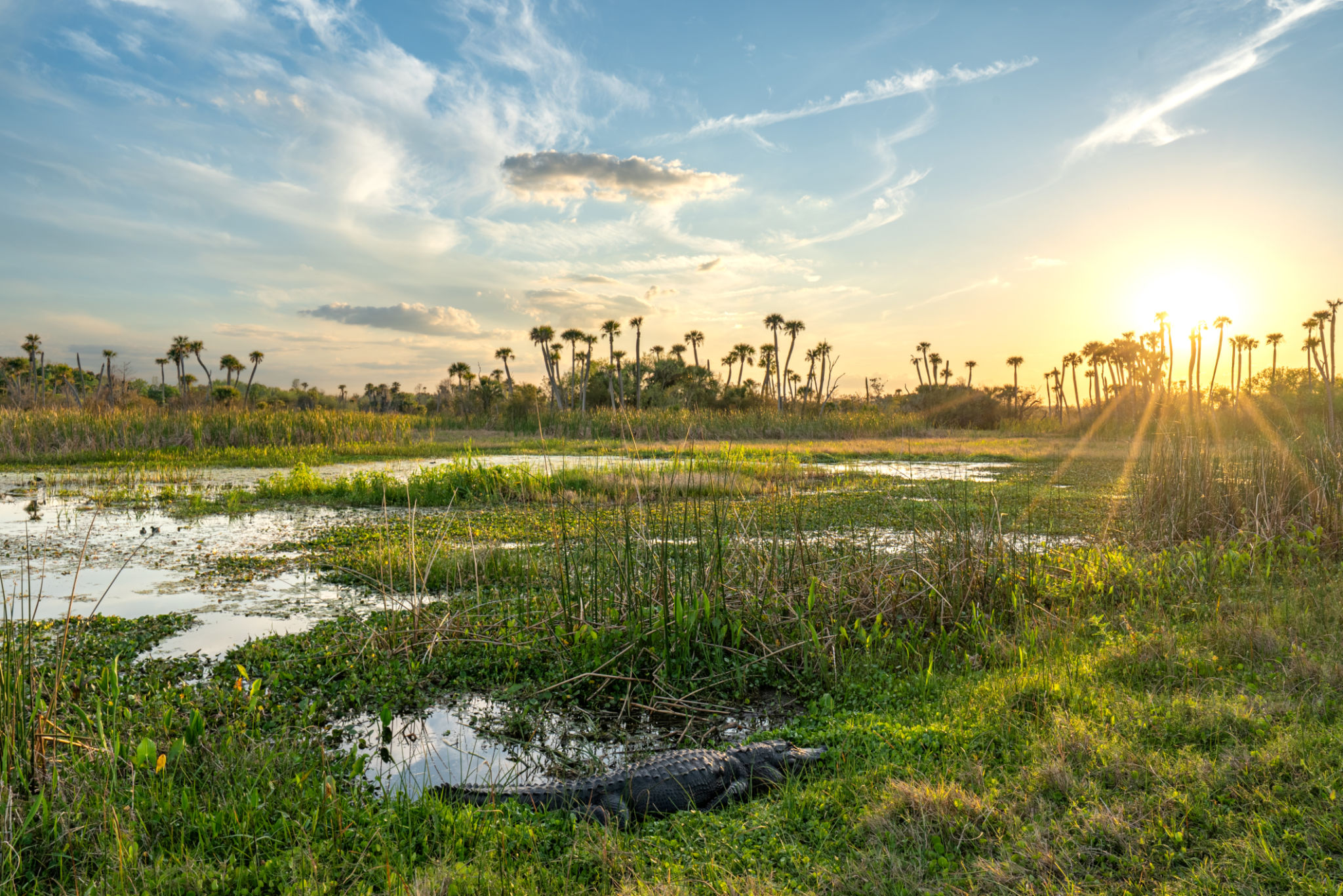Navigating Florida's Environmental Regulations for Scientific Projects
Understanding Florida's Environmental Regulations
Florida is renowned for its diverse ecosystems and natural beauty, making the state's environmental regulations crucial for maintaining its ecological balance. These regulations are particularly important for scientific projects that may impact local habitats. Navigating these laws can be complex, but understanding them is essential for compliance and project success.

Key Regulatory Agencies
Scientific projects in Florida must comply with regulations set by several key agencies. The Florida Department of Environmental Protection (FDEP) is the primary state agency responsible for managing the state's natural resources and enforcing environmental laws. Additionally, the U.S. Environmental Protection Agency (EPA) plays a significant role in overseeing federal environmental regulations that may apply to certain projects.
Other agencies, such as the Florida Fish and Wildlife Conservation Commission (FWC), are involved in protecting wildlife and their habitats. Understanding the roles and responsibilities of these agencies is vital for navigating the regulatory landscape effectively.
Permitting Process
One of the most critical steps in planning a scientific project in Florida is obtaining the necessary permits. This process can vary depending on the nature and location of the project. Generally, projects that may impact wetlands, waterways, or endangered species require specific permits from both state and federal authorities.

The permitting process often involves detailed environmental assessments and public consultations. It's important to initiate this process early to avoid delays. Working with experienced consultants who understand the intricacies of Florida's permitting requirements can be beneficial.
Compliance and Monitoring
Once permits are obtained, maintaining compliance with all regulatory requirements is crucial throughout the project's lifecycle. This includes adhering to specified environmental standards and implementing mitigation measures to minimize ecological impacts.
Regular monitoring and reporting to regulatory agencies are often required to ensure ongoing compliance. This may involve routine site inspections, data collection, and submitting detailed reports on project activities and their environmental effects.

Challenges and Best Practices
Navigating Florida's environmental regulations can present several challenges, including understanding complex legal language and coordinating with multiple agencies. However, adopting best practices can help streamline the process. These practices include:
- Early engagement: Begin discussions with regulatory bodies early in the planning stages to identify potential hurdles.
- Comprehensive documentation: Maintain detailed records of all communications, assessments, and compliance activities.
- Stakeholder involvement: Engage with local communities and stakeholders to address concerns and gain public support.
The Importance of Environmental Regulations
Adhering to Florida’s environmental regulations is not just a legal obligation; it is a responsibility to protect the state’s unique ecosystems. These laws are designed to balance development with conservation, ensuring that scientific advancements do not come at the expense of natural resources.
By understanding and complying with these regulations, scientific projects can contribute positively to both human knowledge and environmental preservation. This balance is essential for sustainable development in Florida's ecologically sensitive landscape.
